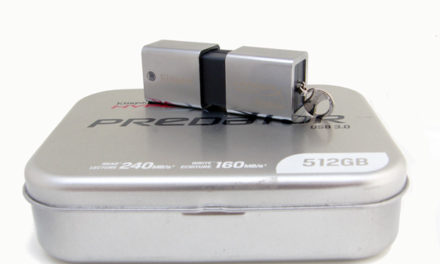
USB revolution
USB. Everyone knows what this acronym means. Nowadays, its use is completely natural, but this has not always been the case. Once upon a time, there was a time between dinosaurs and USB when we found a bunch of different connectors on the butt of a PC. Their common result was the needle design, i.e. where a plug stitched with contact needles had to be inserted into a counterpart with holes, and vice versa, the holes had to be inserted into the needles. Which must have come in handy when, due to a new standard, these connectors had to be marked with different colors because the single user no longer mixed them up.
Then all of a sudden the ingenious thought came, what if all the peripherals used the same connector? What if these peripherals could be connected to the machine without turning it off? What if we pushed the needles into oblivion once and for all? One question was answered, USB!

The first USB standard was quite slow, but it knew more than the usual serial and parallel ports. He knew more, and not only in speed, but in the fact that it was Plug n 'Play. Back then, it was as magical as 3D is now. If it wasn’t on the box of a new peripheral, it couldn’t even be sold. Of course, the packaging of the USB gadgets was not spared!

The "traditional" USB connectors
USB 1.0 after a while turned out to be not enough. At a transfer rate of 12 Mbit / sec, it was not enough just for mice and weaker webcams. Because of this, we had to move on, so USB 2.0 was born. When it arrived, the smarts said that here we can forget the FireWire (IEEE 1394a) standard as USB 2.0 is faster. Then it turned out that on paper it really is, but only there. The maximum transfer rate is a big step forward compared to USB 1.0, as it was now capable of 480 Mbit / sec. In contrast, FireWire only knew 400 Mbit / sec. Then, of course, we had to realize that paper form is not always justified in life. USB 2.0 loved to eat procit. Let’s say more clearly, it wasn’t a purely hardware solution as opposed to IEEE 1394a. As a result, the older standard has not been completely supplanted to date. There is a good chance that USB 3.0, which debuted earlier this year, will meet this task, let's see why!













